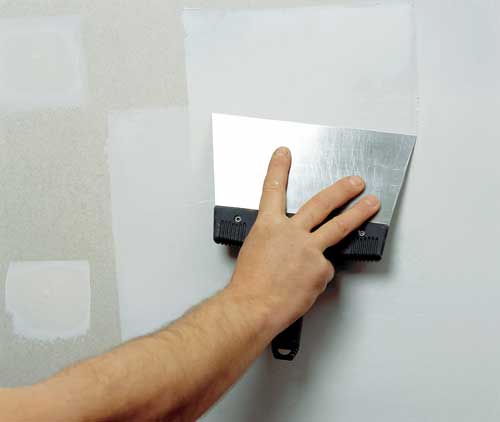You will need
- - hammer;
- - emery emery cloth;
- - a small piece of wood;
- construction mixture;
- mixer;
- - drill;
- - primer;
- two spatulas.
Instruction
1
Well see all wall: if some places make you suspect that the old plaster can fall away, first tap them lightly with a hammer. If nothing fell, then between coats of plaster no voids. If in some places there is visible peeling, remove the coating with a spatula.
2
Treat the surface with emery cloth. To make it more convenient to do this, take a wooden block of a small size and wrap it in the sandpaper. Clean the walls need not much, remove only the surface layer (1-2 mm).
3
Saturate the wall primer with a brush or a fluffy roller. Let them dry out a bit. To do without primer, as it improves the adhesion and prepares the walls for further processing and removes fine dust, which prevents the fresh layer of plaster is fine to go.
4
Dilute any mixture for leveling walls. If you want to use the clay, then add a bit of river sand, so it will be easier to stretch out with a spatula. To the mixture is uniform, use the building mixer, which is fixed in the Chuck of a conventional drill. You can try to mix by hand, but to achieve uniformity consistency in this way is unlikely to succeed.
5
When the mixture for plastering is ready, get to work. Using two spatulas, apply a thin layer of plaster over the old. One spatula should be slightly less than the other, it is necessary to take the mixture and put it on a larger spatula, which you have to align the surface.
6
After plastering the walls, ensure that the room was not drafts, they can trigger flaking fresh, still wet plaster. After about 24 hours you may proceed to the further finishing of the walls. But remember, if you are going to paste Wallpaper, it is necessary at times to treat the surface with primer.
